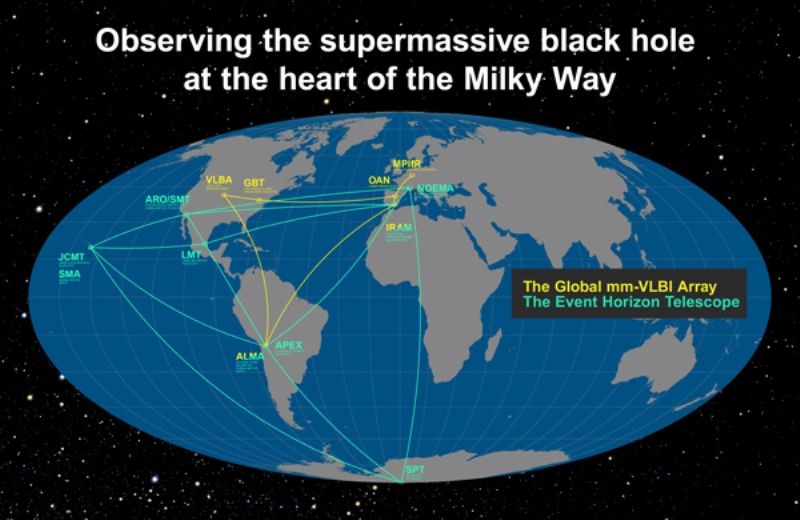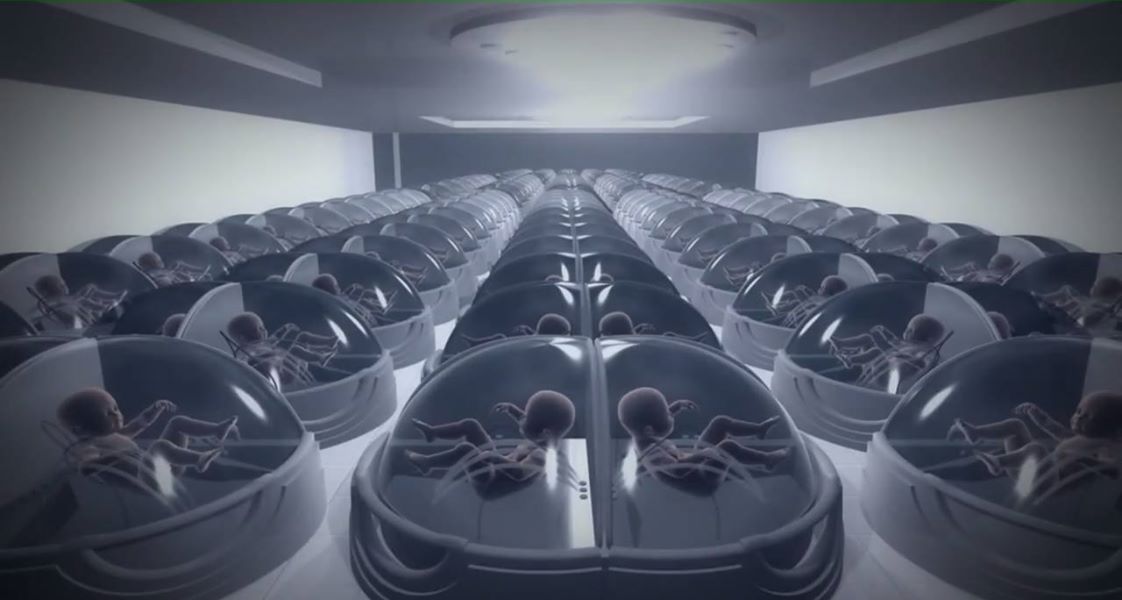Apr 16, 2017
How California Is Trying to Keep Autonomous Vehicle Development on Track
Posted by Dan Kummer in categories: robotics/AI, transportation
By Nidhi Kalra
After California’s Department of Motor Vehicles recently proposed new regulations governing the testing and deployment of autonomous vehicles, many were left to wonder: Will this help retain the state’s status as a testing and deployment ground for the technology, and will it make California safer?
The answer is… yes and… maybe?
Continue reading “How California Is Trying to Keep Autonomous Vehicle Development on Track” »

















